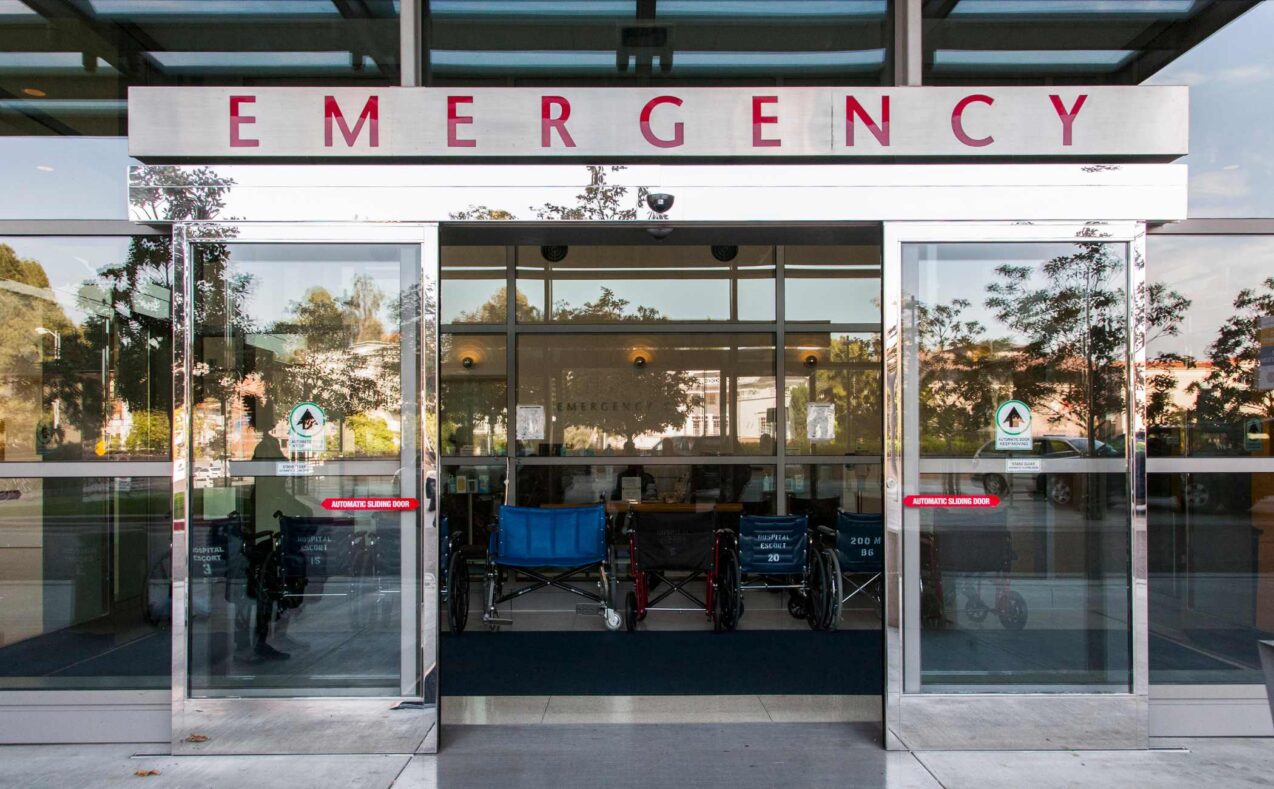A new University of California, Los Angeles-led study reveals socioeconomically disadvantaged individuals continue to underuse the Emergency Department (ED) services for potentially serious illnesses, despite an overall rebound in ED visits following the COVID-19 pandemic.
Published in Health Affairs, the study found that while ED use rebounded for those with commercial insurance or Medicare, it remained lower for patients covered by Medicaid or dual Medicare/Medicaid, often those from disadvantaged backgrounds.
The research highlights a concerning trend where Medicaid and dual-eligible patients are avoiding emergency care, even when they need it most.
“Our findings highlight a mixed reality: while fewer potentially avoidable ED visits suggest more efficient healthcare use, the concerning trend is that Medicaid and dual-eligible patients—who are often socioeconomically disadvantaged—may be forgoing necessary high-acuity care,” Dr. Richard Leuchter, lead author of the study and assistant professor of medicine at UCLA, said.
The study examined data from 15.6 million ED visits, comparing periods before, during, and after the pandemic’s peak. It found a significant 25% reduction in potentially avoidable ED visits during the early pandemic and a 30% drop in non-avoidable visits. While ED visits for those with commercial insurance or Medicare nearly rebounded to pre-pandemic levels, those with Medicaid or dual Medicare/Medicaid remained at only 75% of expected visit rates.
“We believe that factors such as fear of contracting COVID-19 in healthcare settings, as well as the social and economic pressures to prioritize work over health care, are contributing to this trend,” Dr. Leuchter said.
The research suggests the underuse of emergency care among these vulnerable groups could have long-term health consequences. The authors stress the importance of further investigation into healthcare access post-pandemic, particularly for those with lower socioeconomic status.
Dr. Leuchter emphasized that while the findings indicate more efficient use of emergency services in some groups, it is vital that health systems work to ensure equitable access for all, especially the most vulnerable populations.

 Trump has begun another trade war. Here's a timeline of how we got here
Trump has begun another trade war. Here's a timeline of how we got here
 Canada's leader laments lost friendship with US in town that sheltered stranded Americans after 9/11
Canada's leader laments lost friendship with US in town that sheltered stranded Americans after 9/11
 Chinese EV giant BYD's fourth-quarter profit leaps 73%
Chinese EV giant BYD's fourth-quarter profit leaps 73%
 You're an American in another land? Prepare to talk about the why and how of Trump 2.0
You're an American in another land? Prepare to talk about the why and how of Trump 2.0
 Chalk talk: Star power, top teams and No. 5 seeds headline the women's March Madness Sweet 16
Chalk talk: Star power, top teams and No. 5 seeds headline the women's March Madness Sweet 16
 Purdue returns to Sweet 16 with 76-62 win over McNeese in March Madness
Purdue returns to Sweet 16 with 76-62 win over McNeese in March Madness








